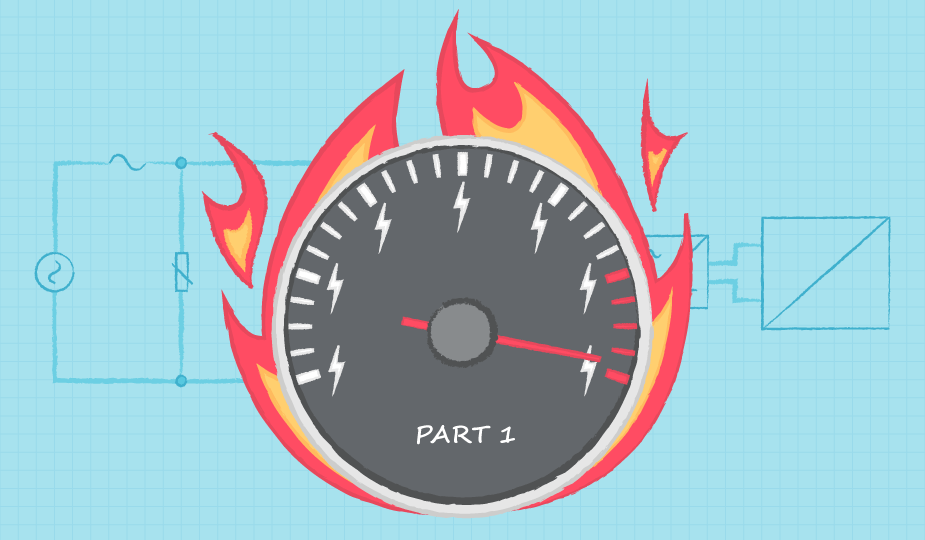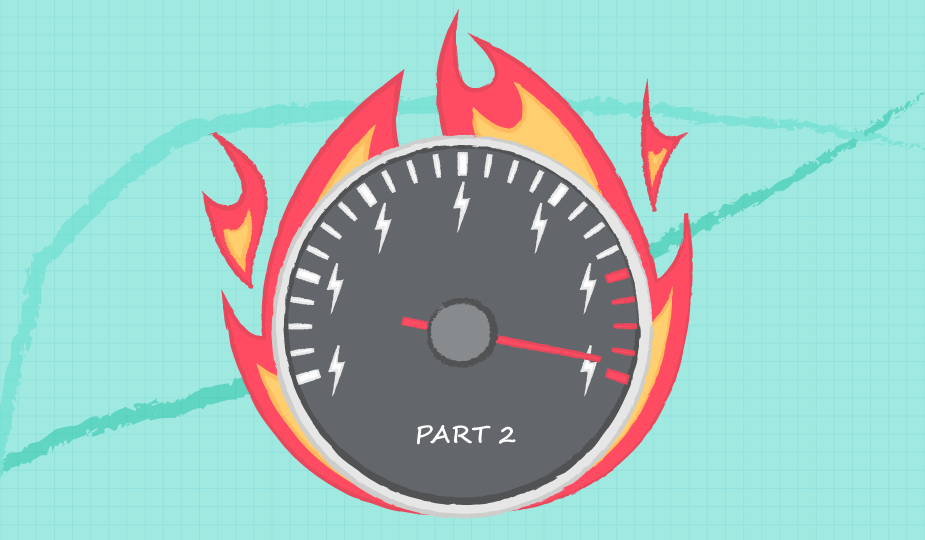Consequences of Exceeding a Power Supply’s Operating Temperature Range
January 29, 2019 by Ron Stull - 5 Minute Read

Welcome to Part 3 of our "Pushing the Limits" series, where we delve into a question we hear often at CUI, "What if I operate my power supply outside of a certain specification range?" In Part 1 we covered the input voltage specification, while in Part 2 we discussed output current limits. Now in Part 3 we will look at a power supply's operating temperature and what can happen when exceeding its specified range.
Read Part 1 of our "Pushing the Limits" series on input voltages
Read Part 2 of our "Pushing the Limits" series on output currents
Operating Temperature Limits
Even with today's technology, you cannot always predict the weather, and for electrical systems in uncontrolled environments this can be a problem should the temperature fall outside the specified operating range. Exceeding the minimum or maximum temperature can cause several issues for a power supply including performance degradation, reduced life expectancy, and total failure.
Exceeding Operating Temperature Limits – Performance Issues
Performance issues occur when a power supply continues to operate, but outside of its performance specs. The electrical characteristics of most components are affected by the thermal conditions they operate in, so thermal limits are defined to keep components operating in an acceptable range where their performance has been accounted for. Outside of this range, the components' behavior is no longer guaranteed and degradation of performance specs including efficiency, ripple, regulation and even EMI become a concern.
The components of a power supply can be divided into two categories: those with a positive temperature coefficient (PTC) and those with a negative temperature coefficient (NTC). PTCs will see the value of their loss contributing component change the same direction as the temperature and NTCs will see the opposite.
Components within the power train that are PTC devices, such as the MOSFETs whose effective on-state resistance increases with temperature (see graph below), will see an increase in losses as the temperature increases.
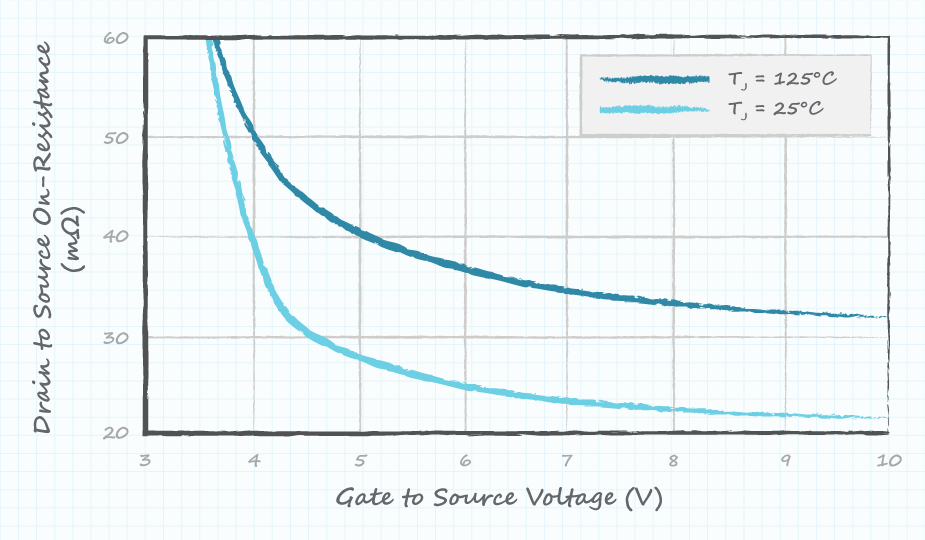
NTC devices, such as the diodes in a bridge rectifier whose forward voltage drops with increased temperature (see graph below), will see a decrease in losses. As the loading and thermal conditions change either the NTC or PTC devices may dominate, resulting in an efficiency change of the whole supply in one direction or the other.
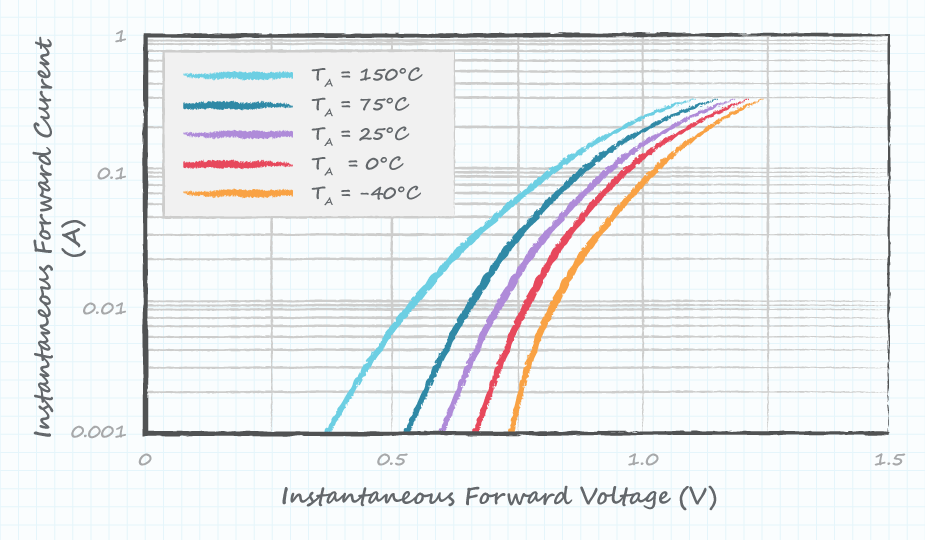
Other components that do not conduct much current will not contribute to changes in power dissipation, however, their values are often used for sensing various aspects of the power supply. It is common to use a simple voltage divider made of two resistors to set the output voltage of the power supply and changes in the values of these resistors will cause the output voltage to change with it. Other sensing components may cause problems with the built-in protections. A resistor is commonly used to sense the current in the power train and the voltage across this resistor is used to shut down the supply in the case of an over-current. Changes to the value of this resistor could cause the protection to trigger too early or too late.
Operating below the minimum temperature has many of the same issues as operating above the maximum. One issue in cold temperatures is the reduction of capacitance that occurs within capacitors (see graph below). There are typically several large electrolytic capacitors that are critical for the device to operate, such as those holding up the voltage after the rectifier or those used on the output of the supply. A reduction in their capacitances can cause increased ripple and even failed start up.
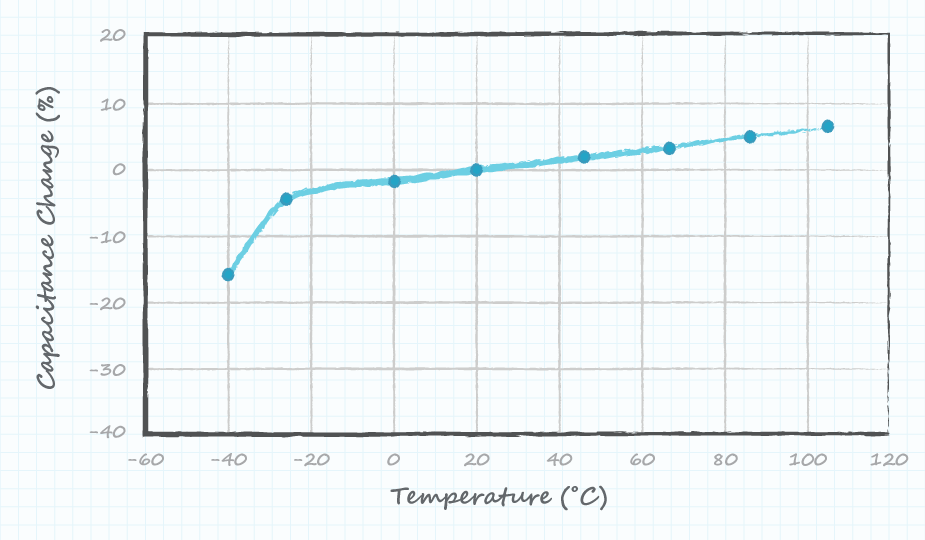
NTC devices, such as the thermistor that is used to limit inrush, will see their values increase. If the temperature drops too much, they may see their value increase to a point that they reduce efficiency or inhibit operation.
In addition to performance issues that are more obvious to detect, hidden issues like increased electromagnetic emissions (EMI) can occur and go unnoticed for some time. The characteristics of the EMI filter will be affected by the temperatures of the filter components. If operated outside of the range it was designed for, the filter will not effectively attenuate the emissions and cause the system to not comply with EMI regulations.
Exceeding Operating Temperature Limits – Reliability
The reliability and life expectancy of many components are directly related to their operating temperature. Components, like the output capacitors of a power supply, can see drastic reductions in their expected life due to operation above their rated temperature. Should the temperature increase cause an increase in ripple current, one can expect the temperature of the output capacitors to increase due to the power dissipated in the equivalent series resistance (ESR). Illinois Capacitor Inc. states that a 10°C rise in temperature above ambient should be expected to cut the life of their aluminum electrolytic capacitors in half.
The reduction in the life expectancy of the output capacitors, along with many other components, due to increased operating temperature within the power supply will certainly reduce the life expectancy of the entire power supply. On the other hand, operating at low temperatures can cause a reduction in reliability through physical wear and tear such as cracking in solder joints, ceramic capacitors, SMD leads, and plastics.
Exceeding Operating Temperature Limits – Component Failure
Depending on the design, a power supply will protect itself by shutting down or risk suffering component failures when operated outside its thermal limits.
Some power supplies come with over-temperature protection features. In these cases, the power supply will turn off until temperature is back within specified limits, often with some hysteresis. Other power supplies that do not have a system-wide over-temperature protection may have some components carrying their own internal protections. In this scenario, portions of the circuit may shut down while others remain operational leading to potential complications and failure.
Where the power supply does not have built-in protection the PTC devices within the power train are at risk of failure when operated above the temperature range. These devices usually have some margin designed in, however, this margin is dependent on operating conditions such as input voltage and can be narrower in different areas of the operating range.
Conclusion
The operating temperature affects every component inside of a power supply. Operating outside the thermal limits of the power supply can cause the components to behave differently than intended, lead to reduced life expectancy and even result in complete failure. Before operating outside of the specified temperature range the manufacturer should be consulted to determine what impact this will have on a particular power supply.
You May Also Like
Have comments regarding this post or topics that you would like to see us cover in the future?
Send us an email at powerblog@cui.com

